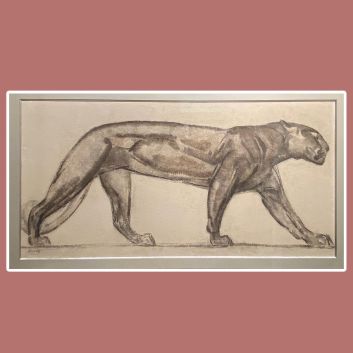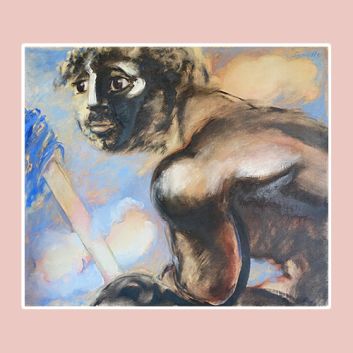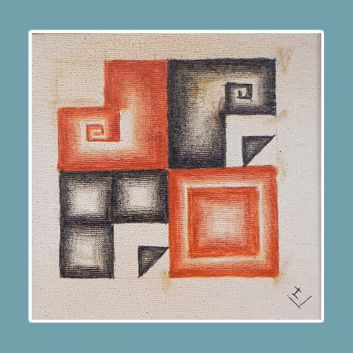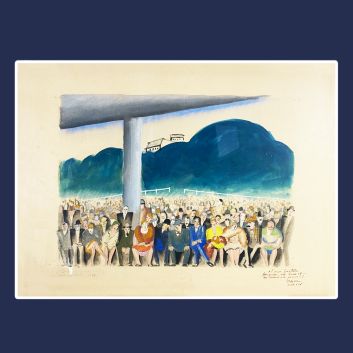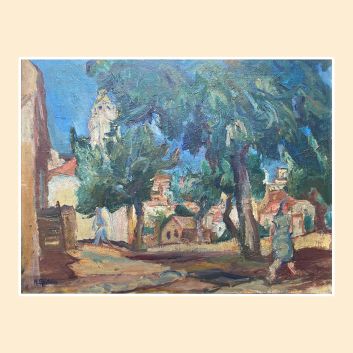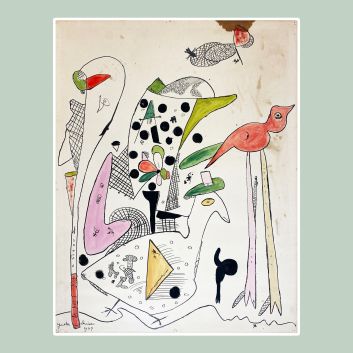La valeur des œuvres, tableaux, dessins et peintures de Jean Dewasne
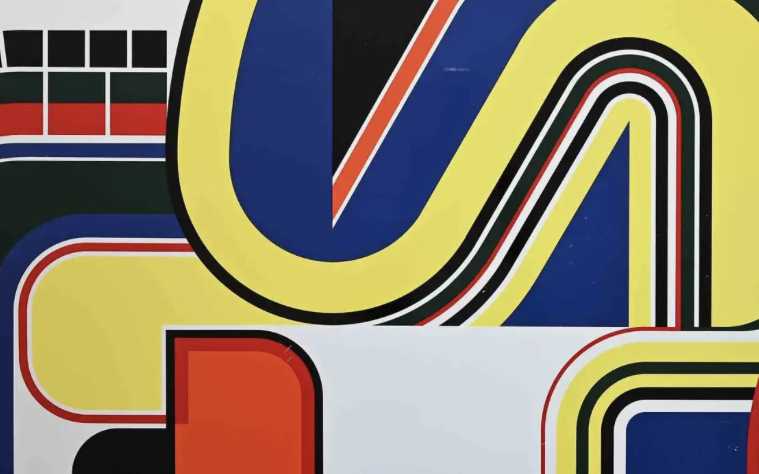
Si vous détenez une œuvre réalisée par l’artiste Jean Dewasne ou d’après son travail et que vous souhaitez connaître sa valeur, nos experts et commissaires-priseurs agréés par l’état vous aiguilleront.
Nos spécialistes réaliseront une expertise gratuite de votre œuvre, et vous transmettront une estimation précise de sa valeur sur le marché actuel.
Par la suite, si vous désirez vendre votre œuvre, nous vous orienterons vers le meilleur dispositif possible pour en obtenir un prix optimal.
Cote et valeur de l’artiste Jean Dewasne
Jean Dewasne, artiste important de l’abstraction constructive, a produit des peintures, dessins, estampes et tapisseries qui circulent régulièrement sur le marché de l’art.
Concernant les quatre catégories mentionnées ci-dessous, les prix auxquels ces œuvres ont été vendues s’échelonnent entre 13 et 65 000€, un delta considérable mais qui en dit long sur la valeur qui peut être attribuée aux œuvres de l’artiste.
En l’occurrence, une peinture intitulée Don Juan dominée de vert et d’orange datant de 1952 s’est vendue à hauteur de 53 000€ en 2022 tandis qu’elle était estimée aux alentours de 12 000 à 15 000€.
Ordre de valeur, d’une œuvre simple à plus prestigieuse
Type d’œuvre | Fourchette de prix |
Estampe | De 10 à 3 750€ |
Peinture | De 150 à 81 100€ |
Dessin-aquarelle | De 90 à 10 310€ |
Sculpture | De 300 à 1600€ |
Réponse en - de 24h
Style et technique de Jean Dewasne
On reconnaît Jean Dewasne à l’esthétique abstraite des figures géométriques, s’inspirant et rivalisant avec le postcubisme.
Nonobstant ce formalisme, sa volonté d’obtenir d'une technique qui concurrence les réalisations industrielles l’amène à éconduire les injonctions de la peinture traditionnelle.
Il choisit ainsi d’adopter des matériaux comme l'émail à froid, le Ripolin, les laques et les peintures glycérophtaliques sans délaisser les supports nouveaux tels que le métal et le contreplaqué.
Par ailleurs, il incorpore à son répertoire de techniques des procédés mécanisés comme la peinture au pistolet.
La vie et la carrière de Jean Dewasne
Jean Dewasne, né en 1921, incarne par excellence l’artiste polymorphe du XXe siècle. Dès son plus jeune âge, il se passionne pour l’art, abreuvant sa dextérité et sensibilité artistique embryonnaire entre notes de musique et coups de crayon.
Fasciné par les courbes du corps humain et le raffinement du plâtre, Dewasne s’applique à l'étudier scrupuleusement le modèle vivant.
En quête de maîtrise artistique Dewasne a le soin de cultiver son univers poétique en étudiant un métier avec le même sérieux qu’un apprenti ébéniste taillant le bois.
Ainsi, il entre à la prestigieuse École nationale supérieure des beaux-arts de Paris. A ce moment, il se découvre un véritable penchant pour l'architecture, lui offrant les clefs de la sensibilité structurelle et la porte ouverte à son style futur.
Afin de s’instruire au mieux et satisfaire son extrême exigence, il copie des monuments classiques mais conserve une aspiration moderniste qui sera son futur poinçon. Il surnomme cette période qu’il trouve à postériori dépassée la « période de clair-obscur ».
Il est aussi membre de l’Académie de la Grande Chaumière, après avoir effectué des études poussées de musique et pratiqué le violon à un haut niveau.
L’abstraction n’est pas une évidence dès le début de sa carrière, il expérimente d’abord des gens différents, plus formels et figuratifs. Fort de sa première exposition en 1941, il ne réalise sa première œuvre abstraite qu’en 1943.
Peu de temps après, il côtoie et partages les mêmes aspirations que Nicolas de Staël, Jean Arp, Serge Poliakoff et Hans Hartung. Ensemble, ils vont défendre l’abstraction comme mode d’expression singulier.
En 1945, l’artiste fait partie du comité fondateur du Salon des réalités nouvelles. Le premier Salon a lieu la même année, il reçoit à ce moment le prix Kandinsky.
En 1946, Dewasne collabore avec la galerie Denise René, témoignant de son engagement au cœur de l’hémicycle artistique.
Sans délaisser la tradition, Dewasne poursuit l’exploration de la peinture à l’huile. En 1950, il fonde l'Atelier d'art abstrait à l'Académie de la Grande-Chaumière en collaboration avec Edgar Pillet.
Ayant l’âme d’un théoricien cartésien, il y enseigne les mécanismes de la peinture et enrichit ses connaissances en physique et en chimie des couleurs, appliquant théorème, racines carrées et équations.
En dépit de son admiration pour l’art d’Herbin dans lequel il pioche ses références, au début des années 1950, il instaure définitivement son style qu’il singularise moyennant des aplats géométriques de couleurs vives et brillantes, rappelant le vernis traditionnel.
En fuyant la technique du réalisme et en se déchargeant de la complexité des détails, Dewasne a profondément bouleversé son art. Il ne s’agit plus de formes mais de surfaces, débarrassées de cet ornement qu’est la troisième dimension.
Dewasne réalise de vastes peintures murales telles que La Joie de vivre en 1949.
Ceux qui considéraient son œuvre comme chimérique et artificielle restent stupéfaits lorsqu'en 1951 il peint un véritable manifeste artistique : L'Apothéose de Marat qui le transcende : « l’admirable, c’est que l’œuvre dit plus que celui qui l’a créée ».
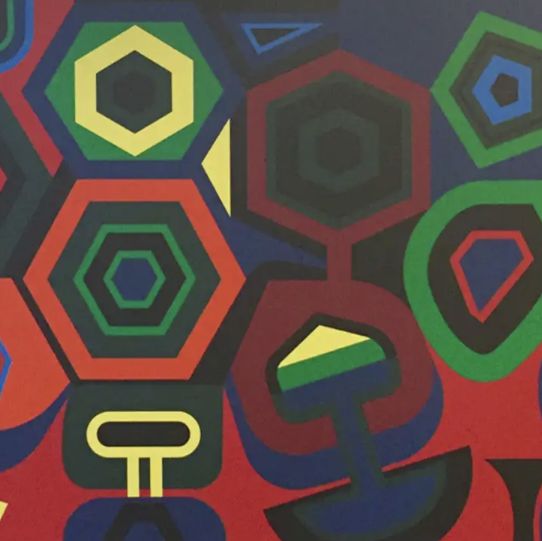
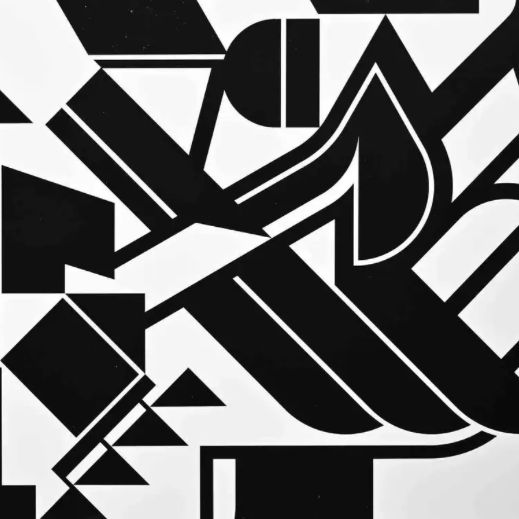
Comprendre l’abstraction constructive
L'abstraction constructive, née au début du XXe siècle, est un courant artistique qui se caractérise par une utilisation rigoureuse de formes géométriques et de couleurs pures, souvent associées à une démarche rationnelle et méthodique.
À la croisée de l’art et des mathématiques, ce mouvement rejette le chaos et l’irrationnel pour privilégier une organisation visuelle stricte, où chaque élément est soigneusement pensé et calculé.
Ses racines plongent dans l’abstraction géométrique, notamment avec des artistes comme Piet Mondrianet Kazimir Malevitch, qui ont exploré la réduction des formes à leur essence la plus pure.
Le terme "constructif" souligne l'intention de créer des œuvres qui ne sont pas simplement des représentations, mais des constructions en elles-mêmes, autonomes, où les formes et les couleurs sont utilisées de manière à structurer l’espace.
Cette approche se distingue par une absence de référence directe au monde visible, au profit d’une réalité nouvelle, construite par l’artiste.
Les œuvres d'abstraction constructive cherchent à exprimer des idées universelles à travers un langage visuel dépouillé, souvent inspiré par les avancées scientifiques et technologiques de l’époque.
Ce mouvement trouve une expression particulièrement marquée dans le travail des membres du groupe De Stijl, fondé par Theo van Doesburg, ainsi que dans les œuvres des artistes liés au Bauhaus, comme Josef Albers et László Moholy-Nagy.
Ces artistes voient dans l’abstraction constructive un moyen de lier l’art, l’architecture et le design, en proposant des formes pures et fonctionnelles qui s’intègrent harmonieusement dans la vie quotidienne.
L'abstraction constructive ne se limite pas à un style pictural ; elle influence également la sculpture, l'architecture, et même la conception d'objets utilitaires.
Les artistes constructifs se distinguent par leur volonté de rationaliser l'acte créatif, souvent en utilisant des grilles, des systèmes de proportion, ou des algorithmes, pour générer des compositions où l’ordre et l’harmonie sont primordiaux.
Cette approche, bien que rigoureuse, laisse place à une grande diversité d’expressions, chaque artiste interprétant à sa manière les principes de l’abstraction constructive pour aboutir à une forme d’art universelle, intemporelle et résolument moderne.
Jean Dewasne à l'Art Basel en 2013
Focus sur Rythme et Couleur, Jean Dewasne, 1971
En 1971, Jean Dewasne réalise Rythme et couleur, une œuvre qui incarne parfaitement son évolution vers une abstraction géométrique marquée par des formes précises et des couleurs vives.
Membre fondateur du Salon des réalités nouvelles en 1945, Dewasne s’est rapidement imposé comme une figure incontournable de l’art abstrait en France.
Dans cette composition, Dewasne se concentre sur l’essentiel : la relation entre la forme et la couleur.
Les aplats de teintes éclatantes, principalement dans des nuances d’orange, de bleu et de vert, se déploient en courbes et en angles nets, créant une sensation de mouvement et de dynamisme.
Chaque élément semble soigneusement calculé, un reflet de l’approche méthodique de l’artiste, qui s’intéresse autant à la rigueur scientifique qu’à l’esthétique.
Rythme et couleur montre aussi l’ambition de Dewasne de renouveler le langage pictural. En écartant les détails superflus, il privilégie des formes géométriques pures, qui rappellent les constructions mathématiques.
Cette œuvre est à la fois simple et complexe : simple dans sa présentation de formes nettes et colorées, complexe dans les interactions subtiles entre ces éléments.
Avec cette œuvre, Dewasne affirme son style unique, éloigné du réalisme, où la géométrie et la couleur sont les principaux vecteurs de l’expression artistique. Il crée ainsi un univers visuel où chaque couleur, chaque forme, a sa place et contribue à l’équilibre de l’ensemble.
Rythme et couleur reste une œuvre emblématique de la période où l’art abstrait se redéfinit, porté par des artistes comme Jean Dewasne, qui cherchent à repousser les limites de la création artistique.
Reconnaître la signature de Jean Dewasne
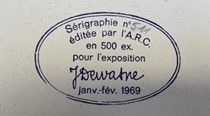
La signature de son œuvre par sa petite taille est à peine visible et figure généralement en bas à droite du tableau lorsqu’il ne s’agit pas d’une sculpture.
Connaître la valeur d’une œuvre
S’il s’avère que vous possédez une œuvre de Jean Dewasne ou d’après lui-même, demandez sans hésitation une évaluation gratuite par le biais de notre formulaire sur notre site internet.
Un membre de notre équipe, composée d'experts et de commissaires-priseurs agréés, vous contactera promptement afin de vous communiquer l’estimation de la valeur de votre œuvre, sans oublier de vous transmettre les informations ad hoc sur celle-ci.
Si vous considérez vendre votre œuvre, vous serez également accompagnés par nos spécialistes afin de bénéficier d’alternatives pour la céder au meilleur prix possible.
Réponse en - de 24h
A découvrir dans la même thématique
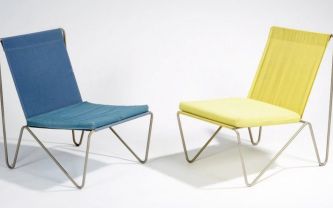
Cote et valeur des meubles, luminaires, chaises de Verner Pa...
Verner Panton est un designer danois du XXème siècle qui a produit beaucoup de mobilier contemporain recherché et très coté aux enchères.
En savoir plus >

Cote et valeur des tableaux, dessins, peintures de Lucio Fon...
Lucio Fontana est un artiste spatialiste du XXème siècle qui a produit des oeuvres dont la cote et la valeur sont hautes aux enchères.
En savoir plus >
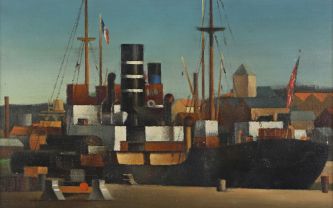
Cote et valeur des tableaux, dessins, peintures de Pierre Ho...
Pierre Hodé est un peintre cubiste qui a produit des tableaux dont la cote et la valeur sont désormais élevées aux enchères. Estimation en 24h.
En savoir plus >
Site sécurisé, anonymat conservé
Commissaire-priseur et expert agréé par l'État
Estimations gratuites et certifiées
